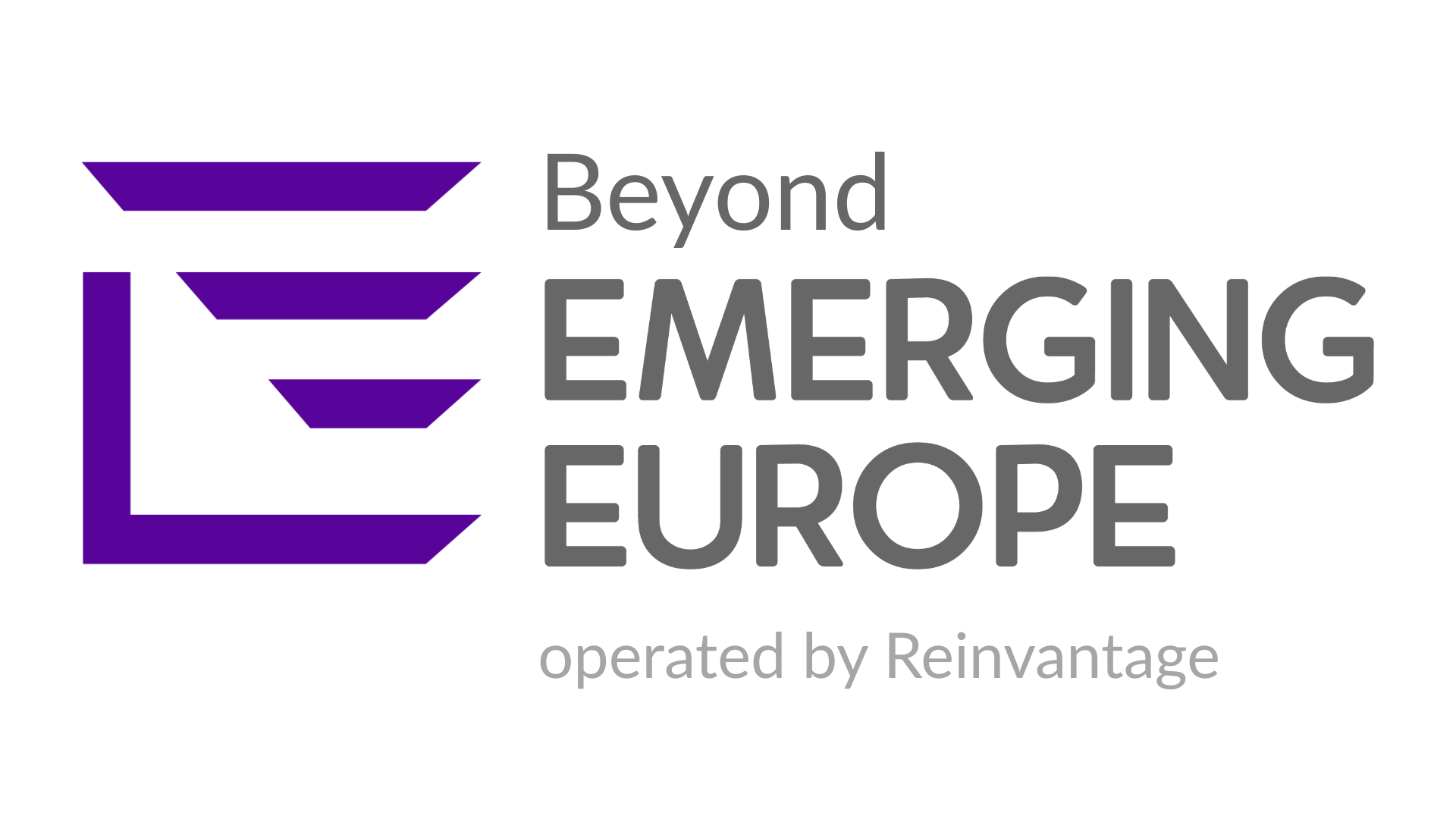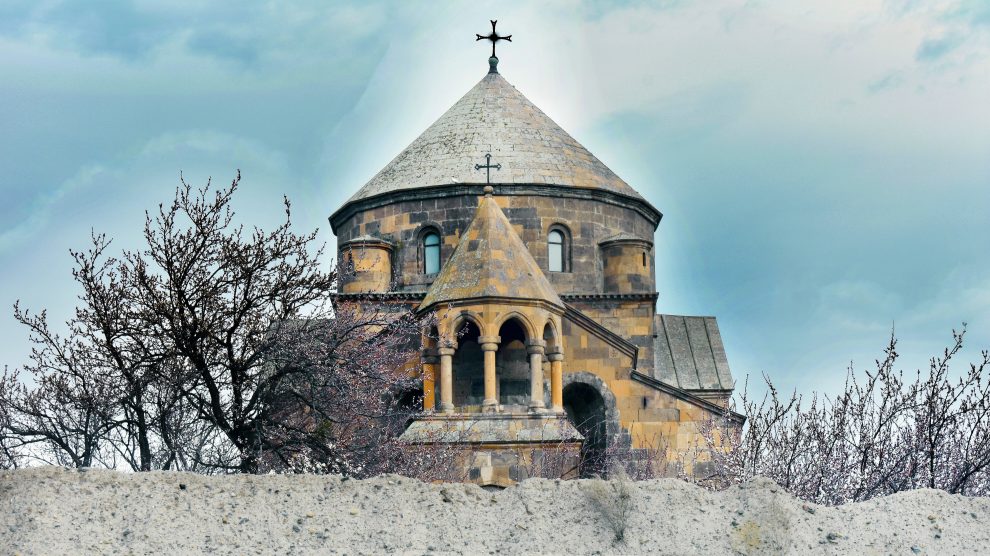Movements like Holy Struggle highlight the Armenian public’s deep frustration with the status quo but also underscore the limitations of relying on charismatic leaders to drive change.
Armenia’s political trajectory since its independence in 1991 is a story of unfulfilled promises, systemic dysfunction, and cyclical crises.
Despite moments of optimism, such as the Velvet Revolution of 2018, the nation remains trapped in a cycle where charismatic leaders rise on waves of public discontent, only to face the same systemic constraints that have plagued their predecessors.
Corruption, centralised power, and weak institutions have left the country struggling to establish a stable and equitable political system.
A pivotal moment in Armenia’s post-independence history came in 1999, with the assassinations of Prime Minister Vazgen Sargsyan and Parliament Speaker Karen Demirchyan. These events marked a dramatic consolidation of presidential power under Robert Kocharyan, whose tenure was characterised by widespread human rights abuses, including police violence, media suppression, and systemic corruption.
These authoritarian practices persisted under Serzh Sargsyan, who further entrenched his power through constitutional reforms. His administration ultimately collapsed under the weight of public protests during the 2018 Velvet Revolution. This revolution, which promised a new era of democracy, brought Nikol Pashinyan to power on a wave of optimism and calls for reform.
The struggle to deliver long-term change
However, Pashinyan’s tenure has highlighted a recurring pattern in Armenian politics: the rise of charismatic leaders who galvanise public discontent but struggle to deliver long-term change.
Pashinyan’s government has faced criticism for consolidating power and failing to address systemic issues. The 2020 Nagorno-Karabakh war further destabilised the country, triggering public outrage over territorial losses and a deepening humanitarian crisis.
This combination of unfulfilled promises and political fragility has reinforced a cycle of resistance, leadership change, and institutional weakness that continues to define Armenia’s political landscape.
Amid this turbulent backdrop, Archbishop Bagrat Galstanyan has emerged as a surprising figure leading Armenia’s largest protest since the Velvet Revolution. The Holy Struggle movement, which he spearheads, arose in response to Pashinyan’s controversial decision to cede parts of Tavush province to Azerbaijan.
Galstanyan’s slogan, ‘Armenian, Armenia, Homeland, God’, resonated deeply with a population disillusioned by territorial concessions and dissatisfaction with political leadership. His movement has drawn tens of thousands of supporters, united by a shared sense of loss and betrayal.
A moral crusade
What sets Galstanyan apart is his non-political identity and ability to leverage the collective memory of Armenia’s historical traumas. As a cleric with significant social influence, he frames his movement as a moral crusade rooted in national identity and historical suffering, including the Armenian genocide and the Nagorno-Karabakh conflict.
This dual appeal, combining religious authority and nationalistic rhetoric, has allowed him to mobilise support across a wide spectrum of Armenian society.
However, the movement faces significant challenges. Critics argue that Galstanyan’s efforts lack a concrete plan, limiting their potential to enact meaningful change. For example, his ultimatum for Pashinyan’s resignation, issued at a mass rally, passed without impact, exposing the movement’s strategic weaknesses.
Analysts suggest that while Galstanyan has succeeded in channeling public anger, his ad hoc approach undermines his ability to replicate the success of previous movements, such as Pashinyan’s rise during the Velvet Revolution.
Repression in place of dialogue
The government’s response to the Holy Struggle has been consistent with Armenia’s history of repressing dissent. Police crackdowns, mass arrests, and allegations of excessive force have underscored the systemic challenges facing opposition movements.
Reports of police brutality, including attacks on opposition lawmakers, highlight the persistence of state practices that undermine trust in institutions. These actions reflect a broader pattern in Armenia, where public mobilisation is often met with repression rather than dialogue.
Despite these obstacles, the Holy Struggle movement stands out for its reliance on collective memory and its strategic use of religion and politics. Galstanyan’s ability to invoke the cultural and historical significance of the Armenian Apostolic Church amplifies his movement’s emotional appeal.
However, this reliance on a singular narrative of national identity and righteousness also limits the movement’s inclusivity. While the blending of religion and politics has mobilised broad support, it risks alienating segments of the population who view religion as a personal matter or prefer a more secular approach to governance.
Armenia’s history of charismatic leadership further complicates the potential for sustained reform. Galstanyan’s rise illustrates this dynamic. As both a religious and political figure, he embodies the intersection of moral authority and populist appeal. The central role of the Armenian Apostolic Church in shaping national identity enables him to present his movement as a moral imperative.
Yet, this reliance on charisma and collective memory underscores the fragility of a political culture that prioritises individual leadership over institutional resilience. Without a robust framework to translate public mobilisation into systemic reform, such movements risk faltering once their leaders’ influence wanes.
The need for systemic reform
To break this cycle of leadership and resistance, Armenia must prioritise comprehensive systemic reforms. Strengthening democratic institutions, ensuring judicial independence, and decentralising governance are critical steps toward fostering accountability and participatory governance. Civil society must play a more active role in shaping political culture, moving beyond its traditional watchdog function to promote inclusivity and resilience. Addressing corruption and fostering political pluralism are also essential for rebuilding trust in government institutions.
Comparative cases such as Ukraine’s Orange Revolution (2004) and the Euromaidan movement (2013–14) further illustrate the challenges faced by movements seeking systemic change.
In both instances, public mobilisation succeeded in toppling entrenched regimes but encountered difficulties in translating mass protests into enduring democratic reforms. Like Armenia, Ukraine grappled with issues of corruption, oligarchic influence, and weak institutions that limited the long-term impact of these movements.
Similarly, the Arab Spring uprisings showcased the potential and pitfalls of movements fueled by collective grievances. In countries like Egypt, charismatic leaders and mass mobilisation briefly disrupted authoritarian regimes but ultimately failed to establish democratic resilience, leading to a resurgence of authoritarianism. These cases underscore the importance of institutionalising reforms to prevent a relapse into authoritarian practices.
Ultimately, Armenia’s path forward depends on its ability to move beyond personality-driven politics and establish a stable, equitable political system. Movements like the Holy Struggle highlight the public’s deep frustration with the status quo but also underscore the limitations of relying on charismatic leaders to drive change.
By focusing on institutionalising reforms and addressing the root causes of its political vulnerabilities, Armenia can break free from its historical cycles of unrest and disillusionment, paving the way for a more sustainable and democratic future.
Photo by Georgi Danielyan on Unsplash.
At Emerging Europe, we use an integrated approach centred around market intelligence to help organisations understand trends and strategically position themselves for success.
Learn how our solutions can help you thrive in the region:
Company and Services Overview | Strategic Advantage.


Add Comment